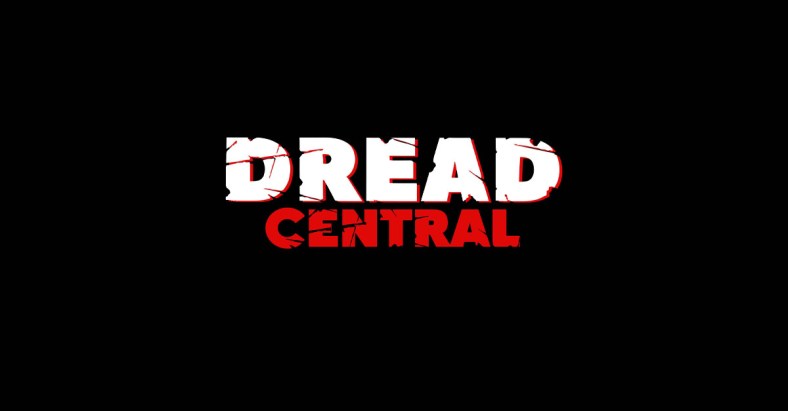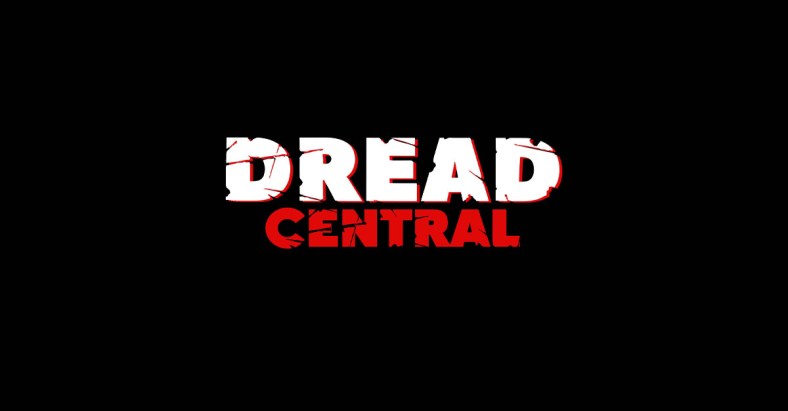Elegy: Stephen King and the Long and Short of IT


Photo: Jonathan McPhail
Well, here we are in week six of IT’s theatrical release, and the movie has taken in over $630 million worldwide. Those box-office numbers come close to superhero movie figures. Amazing returns on a $35 million investment, huh? It now stands as the highest grossing horror film of all time, toppling mainstays The Exorcist and The Sixth Sense in record time. Not too shabby. As many industry mags have pointed out, IT (review) saved the 2017 movie season, which saw trusted warhorses like Pirates of the Caribbean and Transformers underperform. Heck, if it wasn’t for the popularity of horror hits Split, Get Out, Annabelle: Creation and last weekend’s Happy Death Day, Hollywood would be putting up “For Sale” signs.
No one’s surprised that IT pulled in such big bucks. The movie had been generating buzz all year, and for once, a movie lived up to expectations and the promise of its trailers. A Guillermo del Toro protégé, director Andy Muschietti previously showed he could do slick, populist horror with Mama in 2013. Like that success, It is a finely-tuned fright machine, perfectly calibrated to exploit our most primal fears. The movie, about a group of bullied kids facing an ancient evil that takes the form of their worst fears, works as the quintessential cinematic roller-coaster ride. The movie may not be scary in that Paranormal Activity-jump-scare sort of way, but unlike other fright flicks, It deftly gets under your skin from the get-go to harvest well-earned goosebumps. The movie’s nerve-wracking moments of pure terror and suspense— especially the projector scene and the rousing final confrontation in the old house—remind us why we love horror movies so much. Like “Stranger Things,” the movie nicely captures ’80s nostalgia, as well as the much-admired King drama Stand by Me. Most of all, It gives us young characters we care about.

Only a couple of things bothered me about the movie. I appreciated all the fine prosthetic work by Amalgamated Dynamics; the Pennywise makeup on Bill Skarsgård, for example, is so creepy it helped me forget the memorable Tim Curry from the 1990 TV IT miniseries. But that fat suit on Eddie’s mom distractingly took me right out of the movie. Actually, most of the parents of the Losers Club come across as walking clichés, making us wish Pennywise would take them out.
In the end, I wait with bated breath for IT: Chapter Two, which will pick up the story 27 years later and wrap up the events of the novel. But I expect we will see more installments in the IT universe after the 1,100-plus page novel is milked. I predict prequels for Pennywise. I can easily see the demonic clown in period settings, bedeviling the town of Derry before the age of the automobile.
Like many of you, I grew up on the fiction and films of Stephen King. IT remains my favorite of his novels, followed closely by the similarly gargantuan The Stand. When I joined Fangoria in 1985, barely an issue went by without King’s name being featured somewhere within its pages (he even sent a letter to Postal Zone once, from the set of The Shining remake!). As editor, I treasured running interviews with the author. He always had a homespun, everyman’s way of putting things—the same reason the characters in his novels have continuously been so endearing, frightening and/or relatable.
One of the joys during my Fango tenure has been brushing shoulders with the Maine master. The first time was at a private screening of the ill-fated Maximum Overdrive in 1986. King slipped inside the tiny Magno Screening Room once the lights dimmed. He planted himself right in front of me, forcing me to crane my neck to watch his self-described “moron movie.” King bopped up and down as soon as AC/DC’s “Who Made Who” came on during the opening titles. He wisely beat it before the end credits rolled, however.

That same year, I interviewed writer/director Frank Darabont for a Fango piece on his short film The Woman in the Room, based on King’s Night Shift tale. Frank never forgot me for giving his “Dollar Baby” some press as he started out in his career, and we struck up a friendship. This carried over to Frank putting me on the guest list to his big movie premieres, where I sat with many of his stars and high school buddies for big-budget King movies The Shawshank Redemption, The Green Mile and The Mist. King himself held court at the swanky Shawshank hotel after-party. I went up to him and introduced myself, and King said, “I know who you are!” The man had been on the Fango comp subscription list from the beginning, and he lovingly recounted how he and his sons, Owen and Joe, would fight over the mag when it showed up in his Bangor mailbox. Not sure if this was a compliment, but he also mentioned he enjoyed reading Fango while perched on his porcelain throne!
When it came to running King interviews in the mag, I’d frequently defer to our sterling stable of contributors. Scribes like Linda Marotta (King dug her book reviews), W.C. Stroby and the late Philip Nutman knew just how to quiz him. When I got the gig to help produce Bravo’s “100 Scariest Movie Moments” in 2004 for Kaufman Films, I saved the King interview for myself. That wound up being my biggest “get” for the five-hour documentary series.
No one was more flabbergasted than I was when King agreed to allow himself to be filmed chatting about the movie versions of The Shining, Carrie, Pet Sematary, The Dead Zone and Creepshow. The guy would rather spend his time writing (which he does every day) than talking about his work. I have never read a bad interview with King. He is always interesting (detailing his process), honest (about his accident, drug struggles) and controversial (Trump is his main villain these days). Anyway, for the Bravo show, King welcomed my crew (K Studios’ Sean Tiedeman and Scott Krycia, who drove up from PA to ME to shoot) and me to his nondescript office, sitting behind his huge desk as he ruminated on his Scariest Movie Moments. Between sips of Diet Coke, King recounted memorable anecdote after anecdote, making me wish we could have devoted the whole series to him!

Similarly, if I had my druthers, every issue of Fangoria would have featured the words of King. But the guy had books to deliver to his enormous fan base. For our 200th issue, I called King’s office to ask about doing a new sit-down for the issue, as I was lining up all the scream greats for this landmark edition.
“Stephen doesn’t want to do another interview, but would prefer writing an article for you instead,” said his assistant, Marsha DeFillipo. “Is that OK?”
Of course, Marsha did not have to ask twice. Unfortunately, King missed his deadline. You could say he had bigger fish to fry. But then he missed another deadline. And another.
“Don’t worry,” Marsha would periodically inform me. “Stephen sticks to his word. You will get the article.”
Well, nine years later, King’s piece did arrive. And not only was it worth the wait, but the feature, “What’s Scary,” was so long, we had to run it in two parts (across 289 and 290). Talk about an embarrassment of riches! The article, where King talked about his favorite recent horror movies (from typical choices like Scream and Pan’s Labyrinth to offbeat picks such as The Jacket and Pi), was wonderful. A couple of issues later, I would step down as Fango chief (after editing 229 copies). But what made the transition easier was the fact I had achieved the goal of publishing the one and only Stephen King in the pages of Fangoria.

Categorized:News Tony Timpone's Elegy

